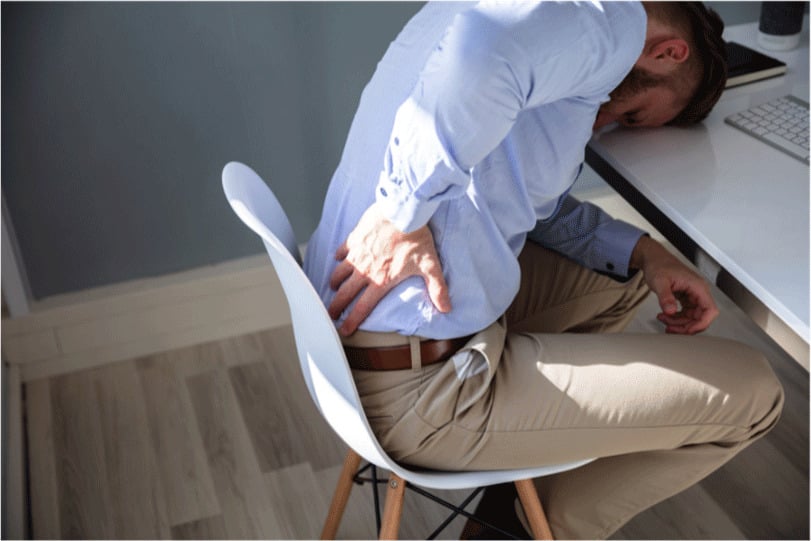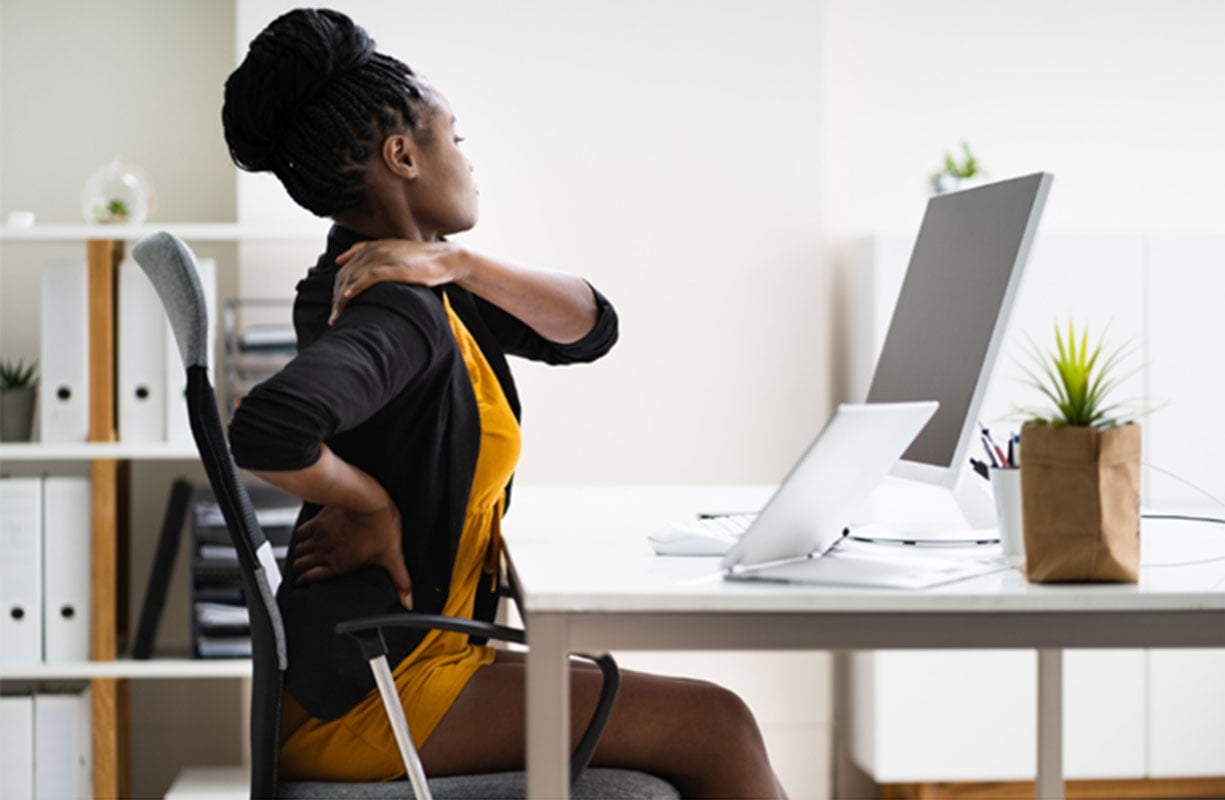Lower back pain is a common complaint among drivers, and it can be caused by a variety of factors, including poor posture, poor driving set up, and lack of movement. It’s important to address the root cause of lower back pain in order to effectively manage it and prevent it from becoming a chronic issue. In this blog, we will discuss the most common causes of lower back pain when driving and provide some tips on how to prevent it.
Poor Posture as a Root Cause
One of the primary causes of lower back pain while driving is poor posture. When we sit for long periods of time, like many of us do, it’s easy to slouch or hunch over, which can put strain on the muscles and joints of the lower back. It can also put the body at risk of disc compression and degeneration over time, disc herniation, or spondylolisthesis. And this is true when driving for long periods, especially if we are not set up optimally to maintain good posture.
So, what can we do to minimize these risks when driving long distances?
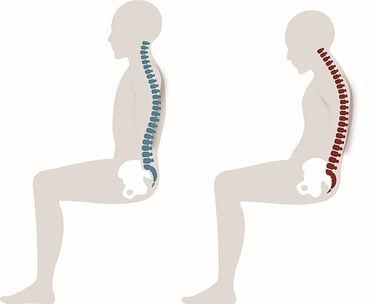
Address your posture!
In order to prevent low back pain, we have to make sure the body is supported in the right places to maintain the optimal curves of the spine. And it’s not lumbar! Let me explain.
Support the Pelvis
Supporting the lumbar spine does not prevent slouching. That’s because supporting the lumbar area is like supporting a tall building at the 5th floor. The key to the position of the spine is the angle of the pelvis. When you roll the pelvis backward, the spine goes into a “C” curve which results in disc compression. When you roll the pelvis forward, the spine goes into an “S” curve which decreases disc pressure and increases disc space. The ideal is to sit in an upright “S” spine, and in order to maintain this, the pelvis needs to be supported in neutral. One way to do this while driving is to make sure you are sitting back in the seat and use a small pillow or a rolled-up towel and place it behind the pelvis. This will keep it in a neutral position and help maintain an upright posture.
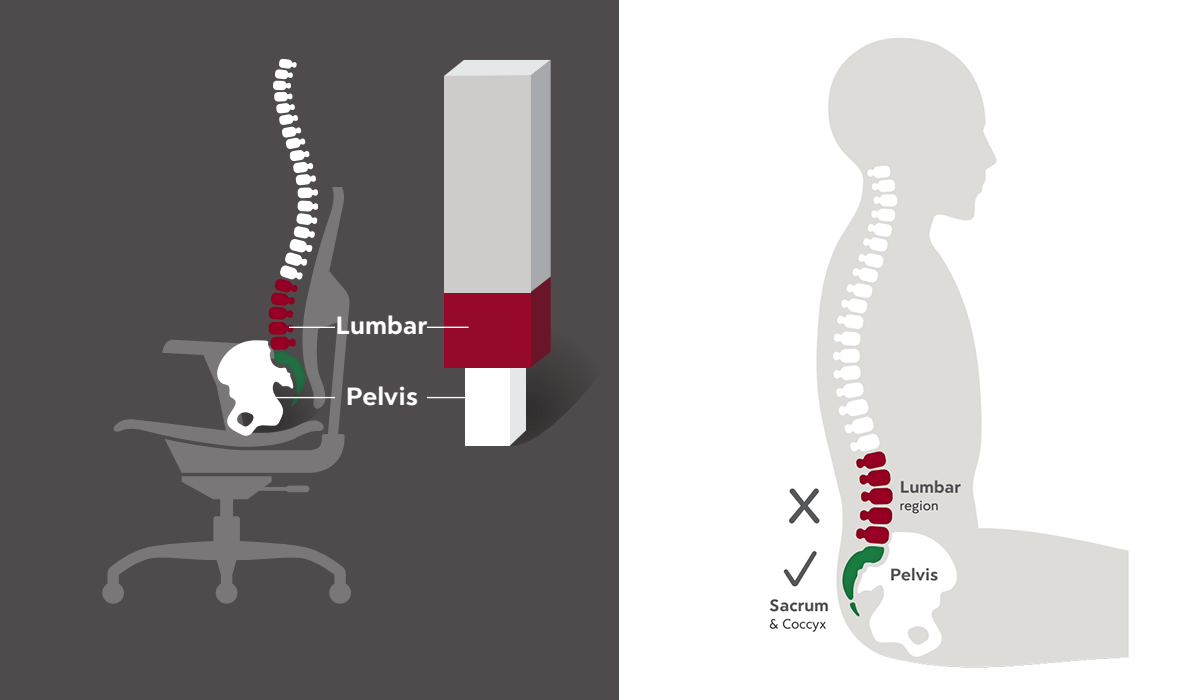
Driving Set Up
Adjust the Backrest Angle
In addition to the pelvis support, consider the backrest angle. When you recline the backrest, it can cause the pelvis to roll backward which results in a slouched posture. Pay attention to this when adjusting the back angle and often an ideal angle is about 10 degrees back from upright.
The Seat
Many car seats now have front-to-back, height, and angle adjustments. It’s recommended to keep your hips and knees level, which results in the upper legs being parallel to the floor. So, adjust the height and keep the angle level to achieve this. This will help maintain an upright posture and reduce the risk of low back pain.

Leg Position
The leg position will largely be determined by the seat position, but it’s worth calling it out as something to pay attention to. When adjusting the seat front to back, the knee should have a slight bend of 20-30 degrees with the right foot easily able to depress the foot pedals. The left foot should rest comfortably on the footrest to help maintain posture. If you’re too far back, the pelvis will roll back, and you will end up slouching to reach the pedals putting yourself at risk for back pain and leg pain. So, if you like to drive farther back from the steering wheel, adjust the depth of the steering wheel, but keep the seat ideal for your leg position.
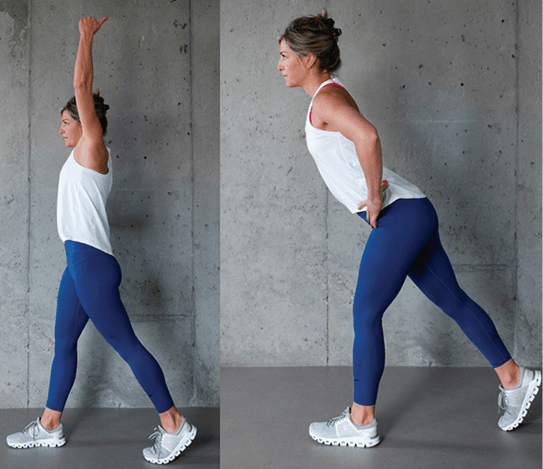
We need to move!
Another factor that can contribute to low back pain while driving is a lack of movement. When we sit for extended periods of time, our muscles can become stiff and fatigued, which can lead to pain and discomfort. Taking frequent breaks to stand up, stretch, and move around can help to alleviate some of this discomfort. Additionally, incorporating exercises in our daily routine that target the muscles of the lower back, such as planks, bird dogs, and bridges, can help to strengthen and stabilize these muscles, reducing the risk of low back pain during long drives.
Maintaining good posture while driving can help to reduce the risk of low back pain, by aligning the spine, promoting decreased disc pressure and improving muscle balance. We hope these tips will help you on your next adventure!
If you are looking to improve posture while sitting, look no further than Anthros.
Anthros is the only chair in the world that is guaranteed to improve posture or your money back. The science-backed, patented design is registered with the FDA as a posture-improving chair and is proven to have the lowest pressure (most comfortable) cushion on the planet (verified by university testing).
Take the next step to reducing pain, increasing comfort, and maximizing performance!
Recent Post
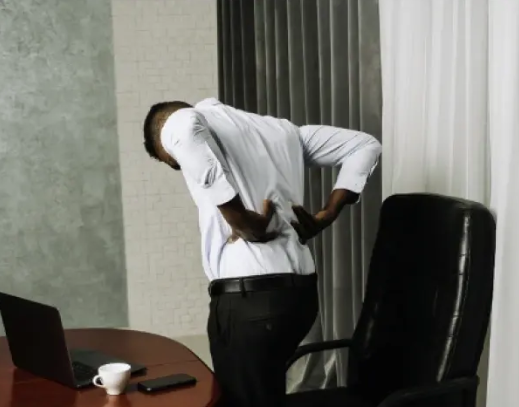
Exercises to Avoid With a Herniated Disc
March 6, 2025A herniated disc can put a serious damper on...

Gentle Back Exercises for Lower Back Pain & Herniated Discs
February 17, 2025Adding a cushion to your office or gaming chair...
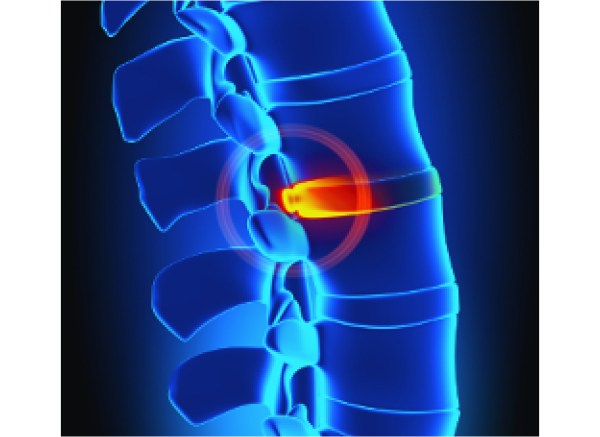
Bulging Disc vs. Herniated Disc:
February 5, 2025Adding a cushion to your office or gaming chair...






